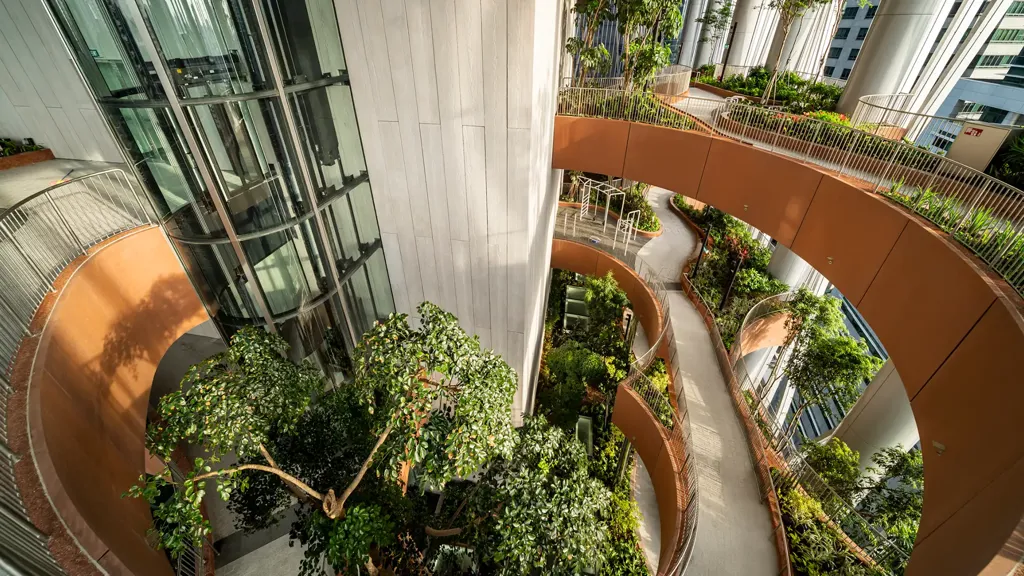Providing comfort and maximising living space
In a break from the standard design applied to skyscrapers Zlota allows homeowners and tenants to manually open windows and manage the flow of air as well as the thermal comfort.
Arup’s team conducted an in-depth wind analysis to confirm that opening windows would be safe, allowing residents to balance comfort with safety. Our engineers designed an automated safety system which doesn’t allow windows to open, and immediately closes them, if it’s too cold, windy or in case of heavy rains.
Maximising residential space was key for the investor, so our team designed a heating, ventilation and air-conditioning (HVAC) system that would not require a dedicated technical floor, usually needed in such large buildings, to allow for an additional floor of apartments of approximately 800 m2.
As apartments vary from the 400-square-metre, three-floor penthouse to compact bedsits, an additional challenge for HVAC designers was the distinct layout of each floor. With kitchens and bathrooms in different places, the installations had to ensure acoustic comfort, so that occupants in one floor should not hear the water flowing from a kitchen above when sitting in the downstairs living room.
Ensuring energy efficiency
Arup implemented a roster of sustainability measures to optimise the use of energy throughout the building’s lifetime. Some of the solutions include an efficient heat recovery system embedded in the ventilation and air side economisers for large air handling units. The building also reuses the heat waste from the chillers to provide heating for the swimming pool area and saves water through low-flow showerheads and water saving taps.
Smart solutions, such as turning on the heating remotely, are now common features of modern homes. In 2013, when Złota 44 was under construction such solutions were still new. Złota 44 was the first residential building in Poland to install a home management system (HMS) to let residents close the blinds on a summer day while being at work. The HMS also controls all heating and air conditioning systems as well as the lighting and kitchen hood systems.







